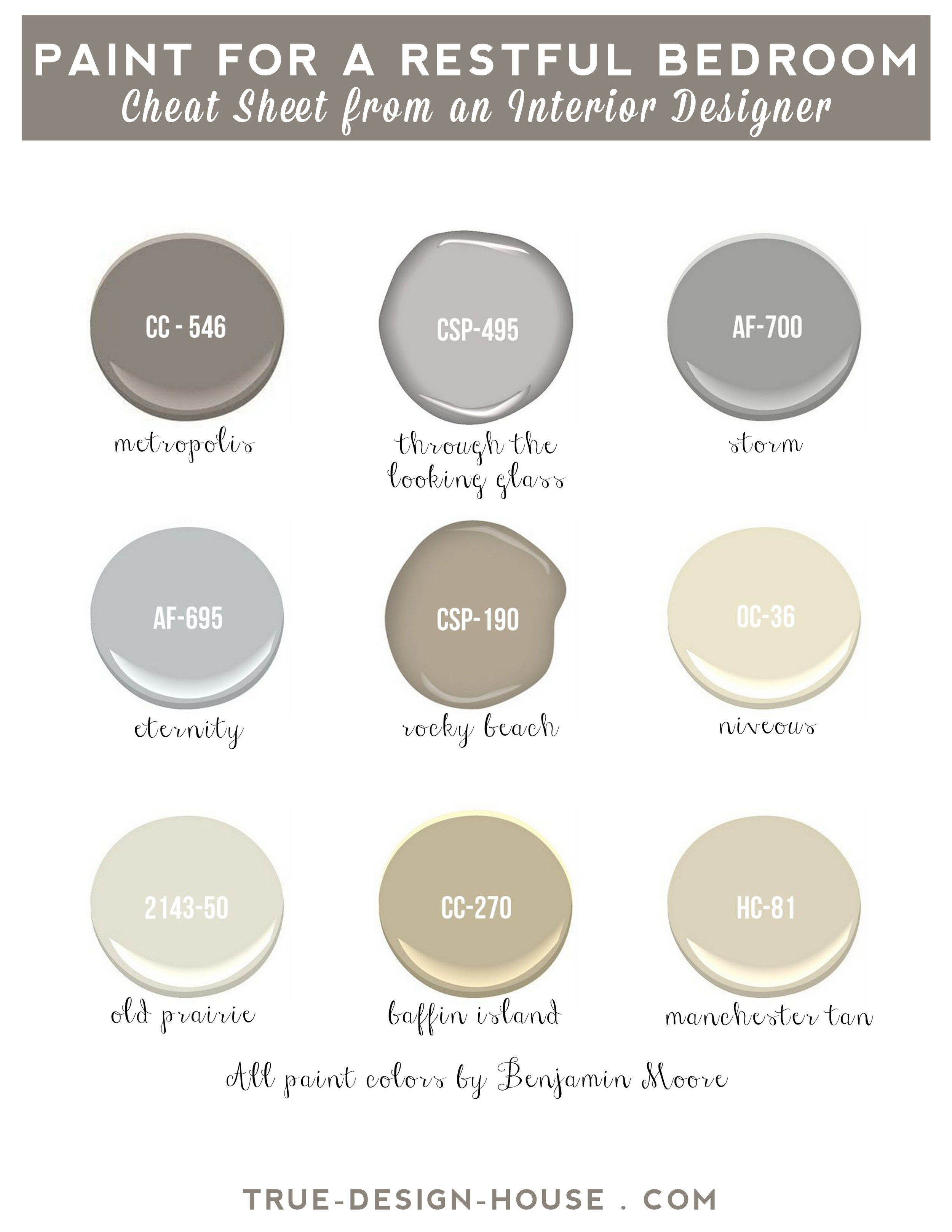Color is a metamorphosis of a space and it is absolutely a complete game changer. There is nothing you can do to your space that will have more impact than simply painting it.
A great color can influence a person at the deepest level. It can be calming, inspiring, energizing, comforting, revitalizing. There are so many reasons to just go for it – plus, it’s the best use of money you will spend on your room transformation (and it doesn’t take much money, either!)
A rich color just turns up the volume on all of the great things in a space: it makes a statement. A soft color whispers , which is just fine in most spaces but sometimes you need a little bit of energy. Plus, a pale, non-committal color can be a little... boring. Even an ugly, sad beige says something to you daily, whether you like it or not (and, sadly, what it usually says is something along the lines of a tired, drawn out whine... and you deserve better than that.)
Going dark and turning up the intensity is a bold move so you want to get it right. You need to avoid just being loud and obnoxious - you want the right amount of pigment with the right amount of depth. Without some maturity, your colors sway drunkenly into ‘fast food joint’ or ‘teen girl bedroom’ pretty easily. These suggestions will help you to stay on the luxurious, amazing side of bold color.
If you have the courage and are ready to plunge into some real color, here are my top picks for bold, inspiring paint colors that say something great. Scroll to the bottom for a list you can save & print.
Check out my top picks for deep, moody paint colors right now!
Ready to love where you live?
Join 25 000 others for instant access to my library of free, practical, and down-to-earth interior design resources!
Looking to Pin for Later?
Here you go!























































